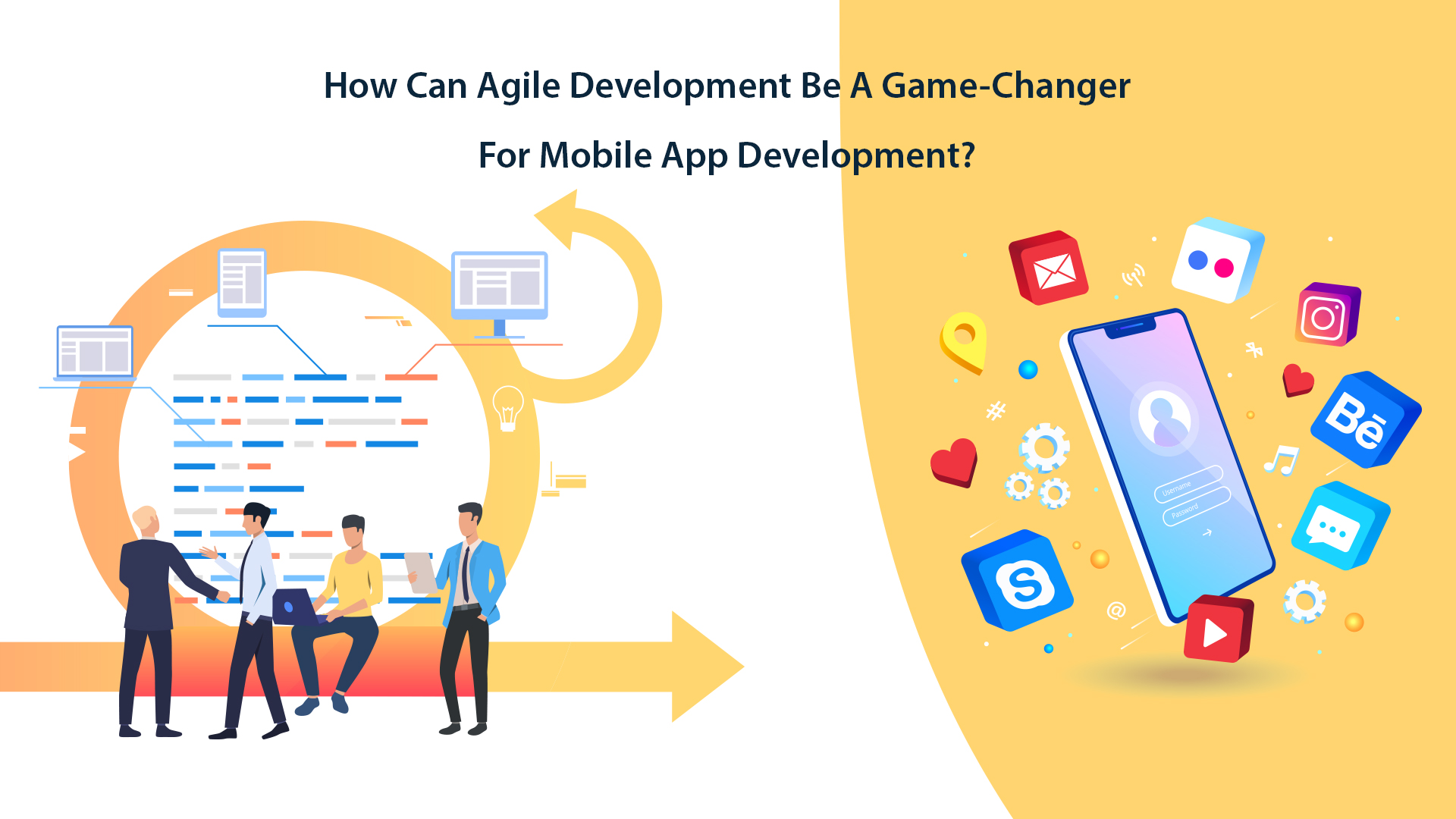
In the mobile app development companies, project failure is commonly heard due to the array of reasons. Sometimes, it’s due to the rigid deadlines, lack of transparency, time limitations, or evolving scope to be completed within the stipulated time interval.
The project failure is mainly due to the poor project management wherein the project scope, time and costs involved are kept invariant with the increasing features and functionalities requirement for the mobile app development project.
It creates a total mess when none of the scope, time and costs can be adjusted to deliver the end project that thrives the users. The lack of adaptability of the certain leads to a total disaster due to which the project suffers.
There comes the agile development that has a big room for the changes adoption which may arise when things won’t go as planned. The agility in the development allows the mobile app developers to follow the roadmap without any hiccups and reduce the risks of diminishing product value due to the amazing flexibility it offers.
It implies the agile development is making the companies ready for the contingency.
The modifications are the part and parcel of the app development for which the companies need to set themselves. The alterations may be due to the changing needs of the customers or product evolution. What’s more important is the level up to which the mobile application development company gets success in allowing flexibility.
When the team is ready easily adapt the changes in time, scope or budget following agile principles, then definitely the projects is built on time without deteriorating its value and going out of the budget.
Isn’t it a win-win situation for both mobile app development company and the end users? Certainly, as both of them delighted by building the successful project on time and getting the mobile app that holds significance respectively.
Take a look at how Potenza global solutions follow agile method to easily bake the flexibility in the mobile app development:
At first, the team is assigned to the project that includes developers, designers, QA & testers, project manager and account manager who are liable to better engineer and handle the project. The whole team sits together to understand the client requirement, do analysis, and plan the sprints in which the project will be delivered after every two weeks.
The project manager would ensure that the team works dedicatedly on the project as planned and stay in communication with the client 24/7. Also, the client would have access to the project management system using which client can easily access what’s going on in the project to maintain sheer transparency.
Meanwhile, if the client demands some changes, then the team is flexible enough to make fine adjustments in the scope, time and cost accordingly. The resources can be scaled up or down to ensure that changes are responded without losing the pace at which team is working.
With agile development, at first flexibility is integrated into the project and then actual development begins. What are the key things in the mobile development where the team has to be flexible? Here is the answer:
1. Scope
There are situations, when the client demand changes without affecting the time and cost, then it becomes highly important to manage the project scope. It is possible by creating a minimal viable product (MVP) of the project, which can be built in speed and help in determining whether the changes will add value to the users or not.
Supplementary change requests unquestionably put a strain on the resources and the product quality may impact, but with agile development, change management is done impeccably so that the changes can be introduced at any stage during the development as a natural break.
2. Time
During any device launch or any event, the client wanted the app to get released at pre-scheduled date and time. During the development, they may need more changes wherein keeping the flexibility in scope and cost is a must to get the desired product.
Due to time rigidity, the team either needs to work for extra hours that will scale up the billing hours or extra resources need to be included to not sacrifice the project quality.
3. Cost
Before project kick-off, the scope and the timeline for the app development to be completed within the set budget is pre-defined. When project functionalities are extended by the client after the app went into the development stage, then more resources will be required to accomplish the requested changes.
There change in the budget is obvious, however, defining the exact figure at the outset is implausible. Based on the resources and the efforts involved in the changes, the extra amount can be easily computed.
Conclusion
Jumping onto the agile development bandwagon is a good start that makes the mobile app development a smooth journey. Besides, it adds flexibility that enables adaptability, which in turn enables flawless project progress without losing the velocity. The probability of project success increases with the fine wavering in scope, time and cost during expected or unexpected change requests. Let your stakeholders prosper with agile development.


